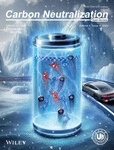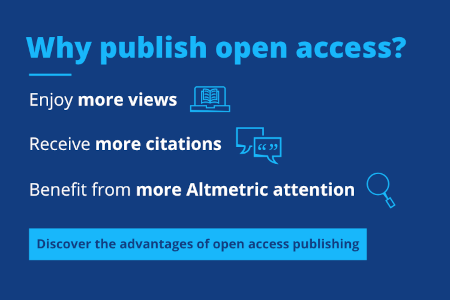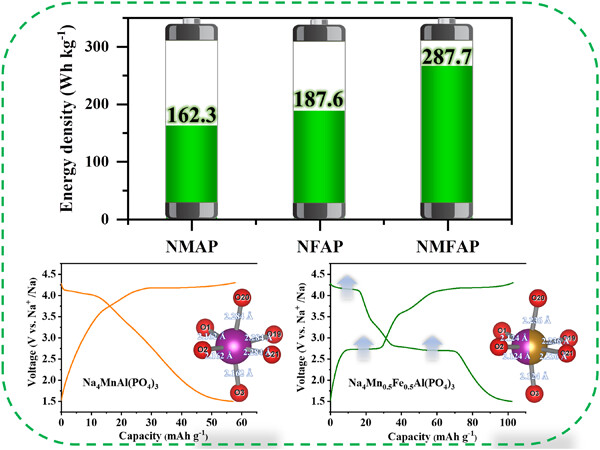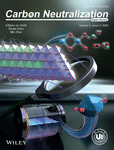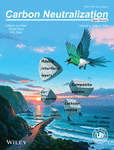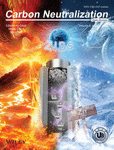Honorary Editor-in-Chief: Rose Amal; Editors-in-Chief: Shu-Lei Chou, Min Zhao
Carbon Neutralization is an open access energy technology journal publishing cutting-edge technological advances in carbon utilization and carbon emission control.
The journal welcomes international contributions covering topics including carbon capture and storage, renewable energy, fuel cells, batteries, hydrogen energy, energy harvesting devices, bioenergy, biofuels, electrocatalysis, and photocatalysis. Contribute to this emerging field and you could impact the progress of energy reform.
Journal Metrics
- 12Journal Impact Factor
- 67%Acceptance rate
- 23 days Submission to first decision
Articles
Aqueous Rechargeable Zn–Air Batteries for Sustainable Energy Storage
- 13 July 2025
Graphical Abstract
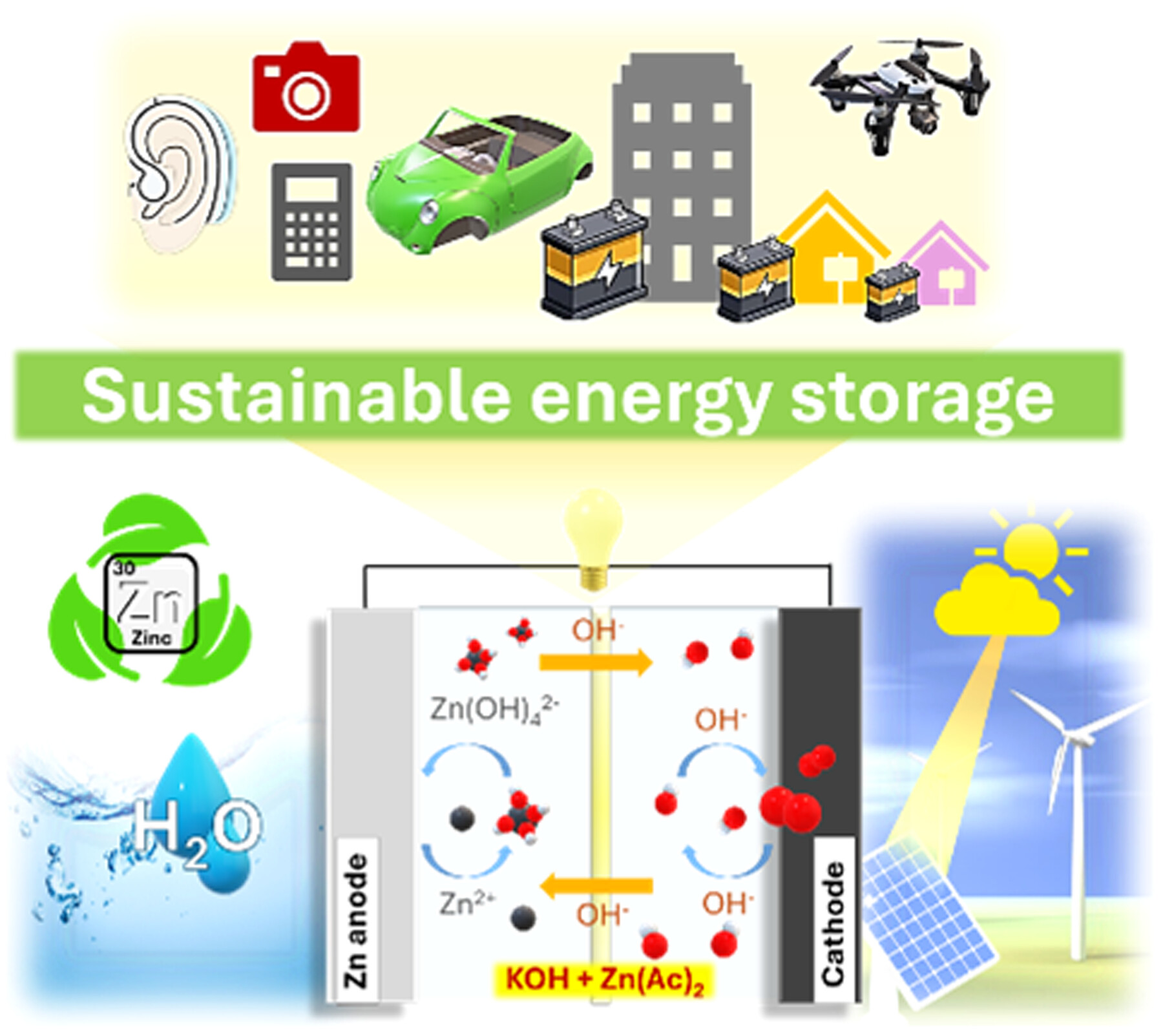
Despite promising advances at laboratory and pilot scale, the large-scale deployment of aqueous rechargeable zinc–air batteries (RZABs) remains elusive. This perspective evaluates their maturity and environmental impact, examining recent developments and performance challenges. We assess the feasibility of bridging the gap between environmental benefits and technological barriers and future directions to realize their potential in a sustainable energy landscape.
Quasi/All Solid‐State Electrolytes for Lithium–Carbon Dioxide Batteries
- 9 July 2025
Graphical Abstract

Solid-state Li–CO2 batteries have attracted researchers' interest due to their excellent energy density. Here, the recent development and applications of quasi/all solid-state electrolytes in Li–CO2 batteries are reviewed, and three aspects are outlooked, including the establishment of efficient reaction interfaces, the application of in-situ characterization techniques, and the compatibility of electrode–electrolyte interfaces.
Boosted Sensitivity of Single‐Atom Sites for Dopamine and Hydrogen Peroxide Detection
- 9 July 2025
Graphical Abstract
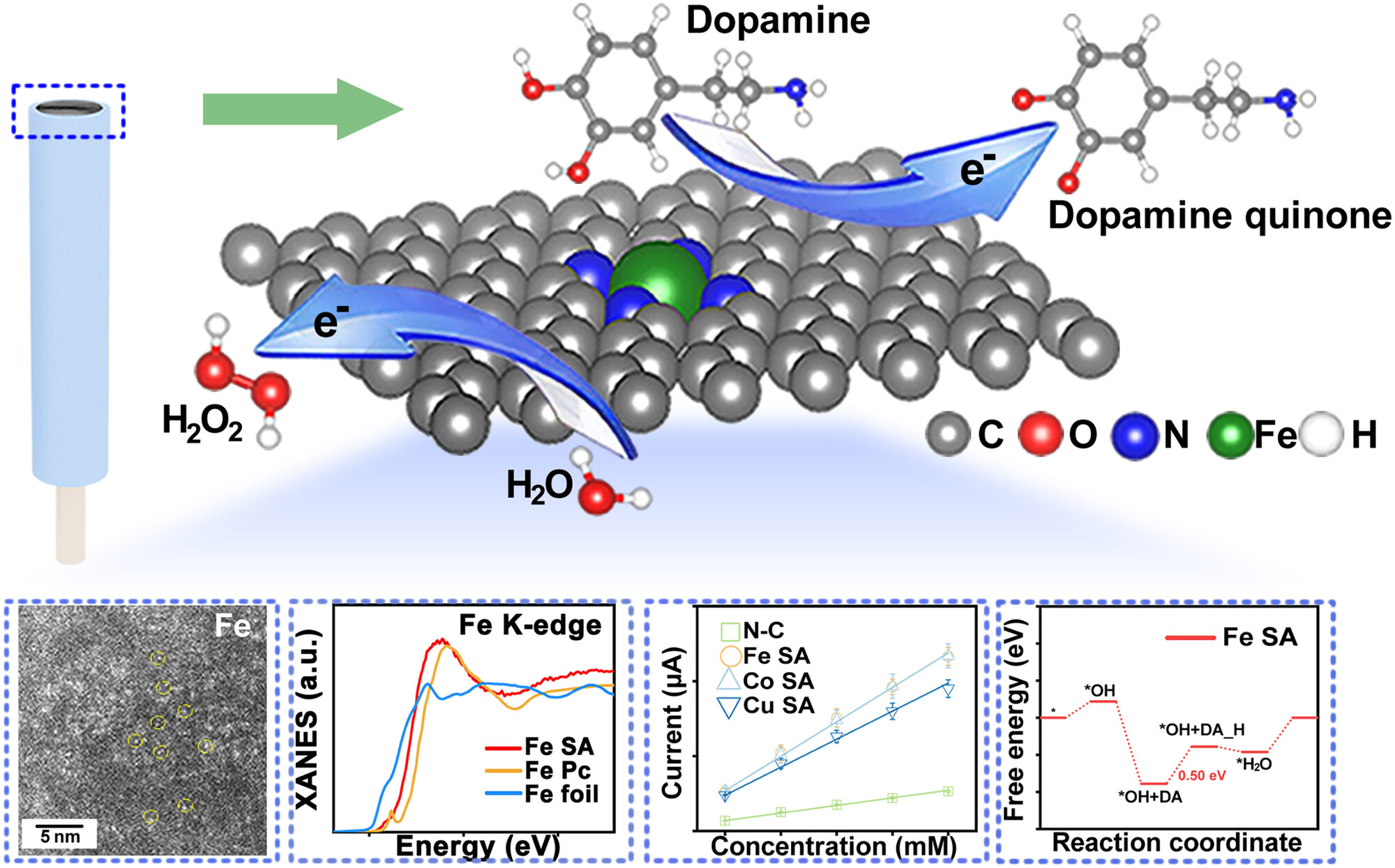
Single-atom (SA)-modified electrodes were fabricated by anchoring transition metal atoms (Fe, Co, or Cu) onto nitrogen-doped graphene (N–C) via M–N–C coordination. Electrochemical chronoamperometry revealed the enhanced sensitivity of Fe SA for dopamine and hydrogen peroxide detection, outperforming N–C.
Full Life Cycle Carbon Emission Accounting of the Power System: A Case Study of a Typical 500 kV Substation
- 8 July 2025
Constructing the Ni4N/Ni3N Heterointerface of the Bicontinuous Ni4N/Ni3N/NiO/CFs Catalyst With Pore Connectivity Effects for Electrocatalytic Hydrogen Generation
- 7 July 2025
Graphical Abstract
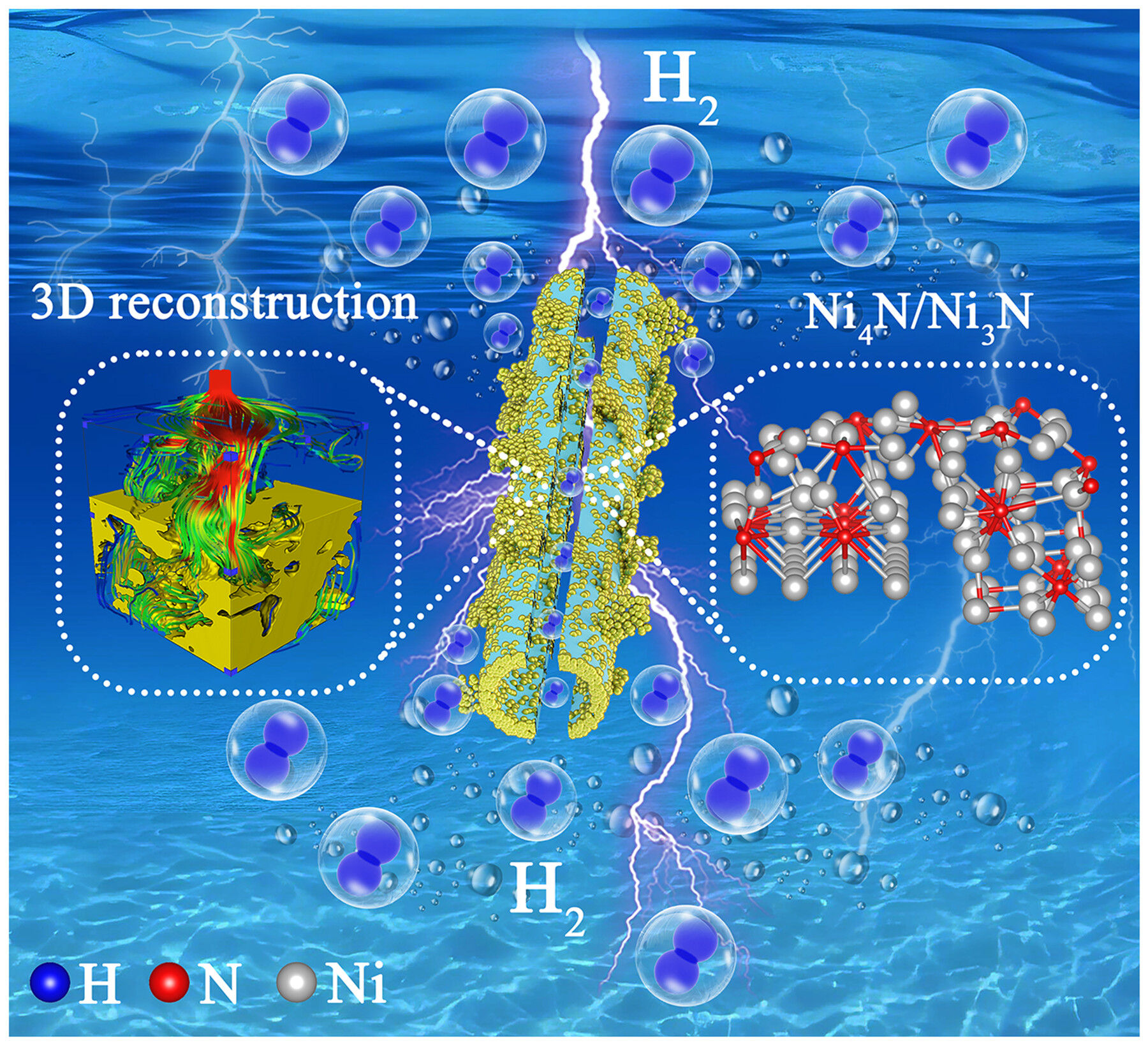
Synthesizing the Ni4N/Ni3N heterostructure of the bicontinuous Ni4N/Ni3N/NiO/CFs electrocatalyst for efficient electrocatalytic hydrogen generation, reconstructing the micro-structure of Ni4N/Ni3N/NiO/CFs, and simulating fluid flow within internal passages. Revealing that electron transfer between Ni and N in the interface and the built-in interfacial electric field by theoretical calculation.
The following is a list of the most cited articles based on citations published in the last three years, according to CrossRef.
Surface chemistry engineering of layered oxide cathodes for sodium‐ion batteries
- 96-116
- 29 August 2022
Graphical Abstract
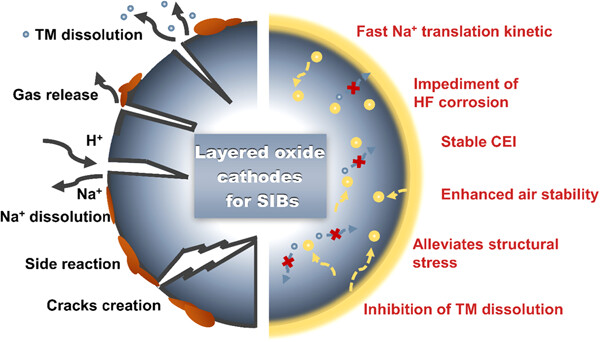
The practical application of layered oxide cathodes for sodium-ion batteries has been blocked by the dissatisfied long-term cycling performance caused by the surface failure including dissolution of transition metal ions, gas release, side reaction, and crack generations. In this review, we propose an innovative concept of interface conversion reaction with bulk penetration doping integration, which is expected to deal with both interfacial and intrinsic issues synchronously.
Anion exchange membrane water electrolysis for sustainable large‐scale hydrogen production
- 26-48
- 14 July 2022
Graphical Abstract
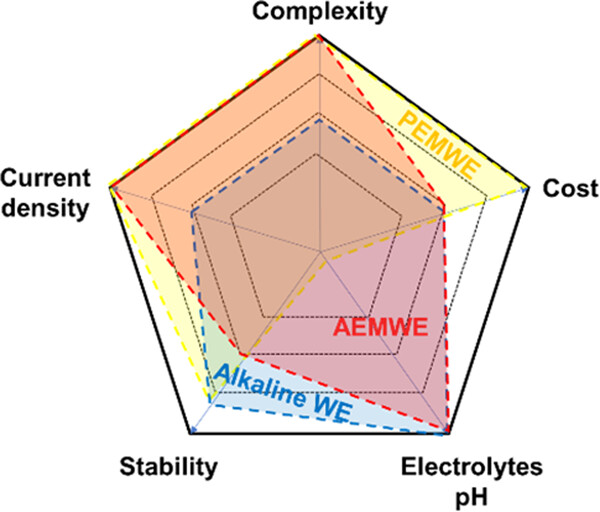
Anion exchange membrane water electrolysis (AEMWE) is a technology that complements the disadvantages of alkaline water electrolysis and proton exchange membrane water electrolysis. However, AEMWE possesses several challenges to be overcome for sustainable large-scale hydrogen production. Component development and optimization of cell operation are prerequisites for the practical AEMWEs with high stability and current density.
Manganese‐based polyanionic cathodes for sodium‐ion batteries
- 150-168
- 1 March 2023
Graphical Abstract
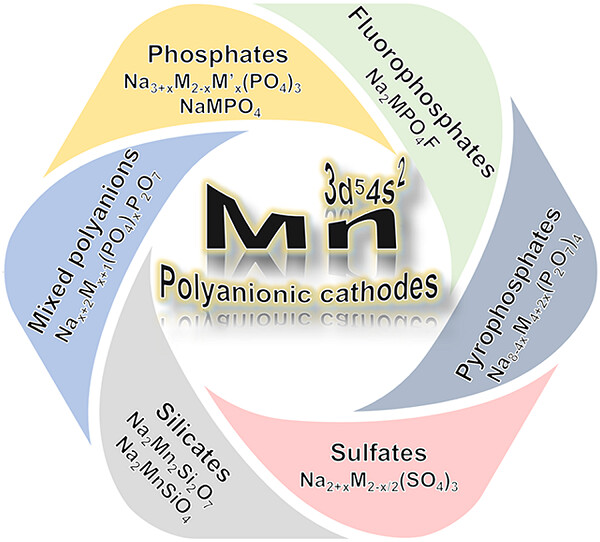
Manganese (Mn)-based polyanionic sodium storage cathodes have achieved many advances in recent years due to the advantages of green, abundant resources, and high voltage. This review will help to clarify the situation and promote their further development. Meanwhile, researchers should also pay more attention to Mn-based polyanionic cathodes based on practical aspects.
Typical cathode materials for lithium‐ion and sodium‐ion batteries: From structural design to performance optimization
- 339-377
- 16 May 2023
Graphical Abstract
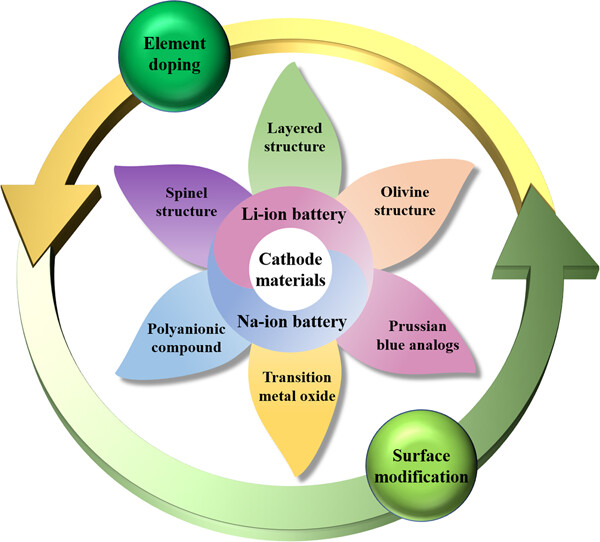
We review structure-performance relationship in the cathode materials in this article. The typical cathodes and their structural characteristics, electrochemical behaviors, reaction mechanisms, and strategies for electrochemical performance optimization are introduced, followed by outlooks of future rational design.
A NASICON-typed Na4Mn0.5Fe0.5Al(PO4)3 cathode for low-cost and high-energy sodium-ion batteries
- 49-58
- 14 July 2022
Latest news
Recent issues
- Volume 4, Issue 4July 2025
- Volume 4, Issue 3May 2025
- Volume 4, Issue 2March 2025
- Volume 4, Issue 1January 2025



